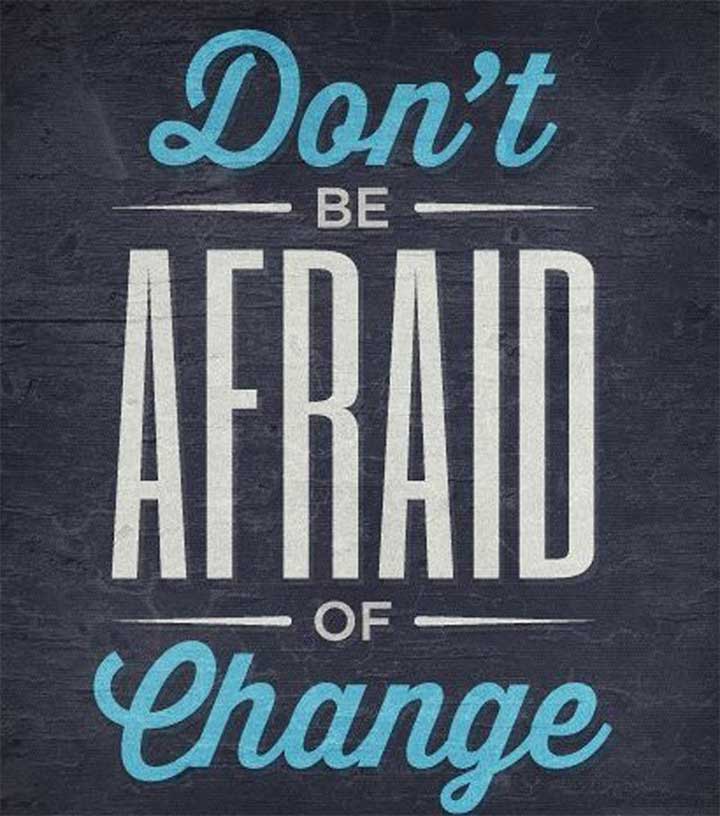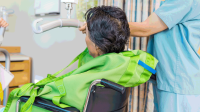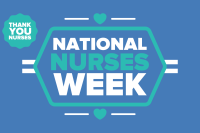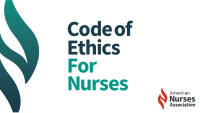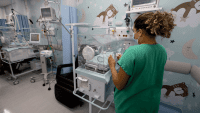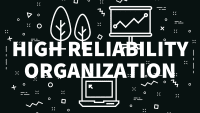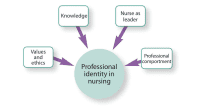Twice a year, I meet with the new graduates in my hospital and am encouraged by their expectations and their questions. They expect to engage in meaningful work that makes a difference. They also expect us to help them make the transition from student to professional.
They want to know why we work 12-hour shifts that are physically and emotionally draining. And, they ask, if 12-hour shifts are the norm, why do we expect 40 hours a week when the math and schedules don’t add up?
Some want to know how they will balance work and family—that is, why they must work nights. They want to know how to get paid and how to use our computer systems. They ask about standards of care, protocols, policies, psychomotor skills, and the words behind the alphabet soup of acronyms that punctuate every conversation. They want to give and receive more feedback. They want choices.
When I spoke with some Class of 2007 graduates recently, I found them to be assertive, determined, and bursting with energy. The experience reminded me of the enormous responsibility we have to protect, promote, and nurture these nurses. And I wondered if we’ve finally stopped “eating our young.”
In 1986, Judith E. Meissner, then a Senior Associate Professor at Bucks County Community College in Newtown, Pennsylvania, painted an unpleasant picture of how our profession “eats its young.” She pointed to nurse-educators who act like drill-sergeants, thus obliterating initiative, and to the deflating effects of testing and grading that cause students’ failure to thrive. She assailed nurse administrators who believe new graduates should be ready to perform like an experienced nurse or a student who emerged from the apprenticeship model of diploma education. The worst offenders, she claimed, were the staff-nurse colleagues of new graduates.
Meissner revisited her work 13 years later, and although some conditions had improved, she found some educational methods weren’t keeping up with the increasingly complex healthcare environment and the push for new graduates to fill vacancies was creating inadequate on-the-job preparation. Sadly, she also found that many staff-nurse colleagues still weren’t providing enough support.
But today, change is in the air. Some nursing education programs are now preparing nurses to lead from within and influence sustainable change in healthcare organizations. Today, many students enter nursing as a second career and have one or more degrees in other fields. This year the first Clinical Nurse Leader (CNL) graduates are entering the workforce, and they are a new breed of nurse. No two will be alike. They will be well educated, highly motivated, and oriented to question the status quo and build a better future for themselves, other nurses, and patients. CNLs graduate with a Master’s degree in nursing. They are generalists who can deliver patient-centered care and provide setting-specific clinical leadership throughout the delivery system. We must be ready for them. We must prepare to change. To learn more about the CNL program led by the American Association of Colleges of Nursing, visit www.aacn.nche.edu/CNL/.
One of my favorite T-shirts has a Dilbert cartoon that says, “Change is good. You go first.” The shirt is worn and faded, but it’s so soft and comfortable. Its look and feel are the opposite of its meaning. The time to accept the challenge to change is now.
About 90,000 nursing students graduate from educational programs each year and pursue initial RN licensure. Most will work as staff nurses in hospitals. Some will venture into less traditional roles. We need change in our work environments, our work-life balance, and our patterns of doing things the way we have done them for the past 20 years.
I welcome these new nurses and encourage them to help us to transform the healthcare environment. Our hope for tomorrow is vested not only in our new nurses, but also in our capacity to provide support, encourage success, and embrace change.
Pamela F. Cipriano, PhD, RN, FAAN
Editor-in-Chief

